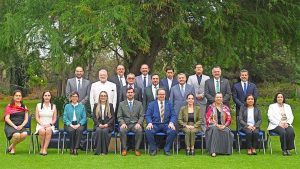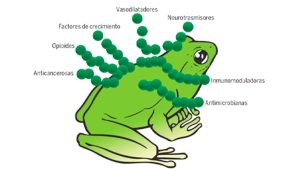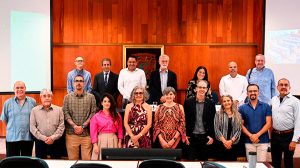EHT PROJECT SHEDS NEW LIGHT ON BLACK HOLE DYNAMICS
Researchers from UNAM’s Institute of Astronomy are playing a key role in the Event Horizon Telescope (EHT) project. Using data collected in 2017 and 2018, the project continues to deepen our understanding of the supermassive black hole at the center of Messier 87 (M87).
The findings, published in Astronomy & Astrophysics, constitute a significant step in unraveling the complex behavior of black holes. Before 2019, their properties remained theoretical, with no visual confirmation.
Alejandro Cruz Osorio, a researcher at the institute and member of the EHT collaboration, explained that the team confirmed the black hole’s axis of rotation is tilted away from Earth. The study also found that turbulence in the accretion disk—a band of swirling gas surrounding the black hole—plays a key role in the shift observed in the ring’s brightest region compared to 2017 data.
He noted that the black hole’s shadow and surrounding photon ring had been predicted years earlier and that scientists worldwide had already been studying these plasma structures.
As part of the EHT collaboration, UNAM researchers have also made major contributions to the development of simulation models that help produce images by combining telescope data with theoretical reconstructions.










